Energy-efficient cooling improves conditions in distribution warehouse

Providing much needed cooling and improved air quality for the top floor of the top floor of the Barratts Stylo distribution warehouse in Bradford are 15 EcoCooling evaporative cooling systems and six extract fans.
Evaporative cooling has been installed to cool the top floor of Stylo Barratts’ 3-floor distribution warehouse in Bradford and improve air quality. This floor measures 85 x 75 m and is the main picking area. It has a large number of skylights and an extensive single-skin roof, so it became extremely hot in summer. Having previously explored the options of air conditioning and dismissed them on installation costs, group property manager Nigel Booth asked EcoCooling to produce a proposal that would cool the environment and increase air quality. Following a complete assessment of running and annual servicing costs, 15 EcoCooling ECPD down-discharge coolers and extract fans were installed. A basic control system ensures that the air input and extract systems work together, and simple time clocks shut the system to shut down at the end of each day. The air is distributed down the main picking aisles and over the unpacking and dispatch zones. Site facilities manager Keith Pemberton confirmed that there have been noticeable decreases in absenteeism and a better working atmosphere since installation was completed.
Related links:








